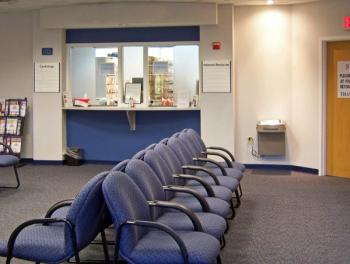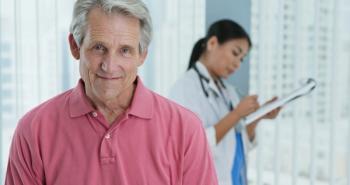
'Primary care cliff' threatens community health centers
More than 100 organizations have petitioned Congress to halt cuts to community-based primary care programs before funding expires at the end of 2015.
More than 100 organizations have petitioned Congress to halt cuts to community-based primary care programs before funding expires at the end of 2015. Dubbed the “primary care cliff”
Nearly 1,300 federal health center programs, serving more than 22 million patients, could see up to 70% of their budgets cut. The
“The collective impact of the primary care cliff, if not addressed, would be devastating not only to the provider organizations and health professionals directly impacted, but to the patients and communities served by those providers, and to the health care system as a whole. Even now, health centers, residency programs and communities are stifled by the uncertainty caused by this looming funding cliff,” the organizations wrote in a letter to Congress.
The community health centers program received $11 billion under the Affordable Care Act. The health centers are seeking a five-year extension in funding, in hopes of serving 35 million patients by 2020.
“Congress can’t wait – this issue is simply too important for patients, communities, primary care providers and residents across the country,” says Dan Hawkins, senior vice president for policy and research at
In June, the Milken Institute School of Public Health at The George Washington University
“Community health centers can only fulfill the promise of health reform if they have the resources to provide much-needed care to our nation’s most vulnerable populations,” said Feygele Jacobs, MPH, president and chief executive officer of the RCHN Community Health Foundation. “Both the Bush and Obama Administrations supported the expansion of community health centers. Federal and state policy makers should continue to provide bipartisan support for the safety-net for needy patients in underserved areas throughout the country.”
Newsletter
Stay informed and empowered with Medical Economics enewsletter, delivering expert insights, financial strategies, practice management tips and technology trends — tailored for today’s physicians.















